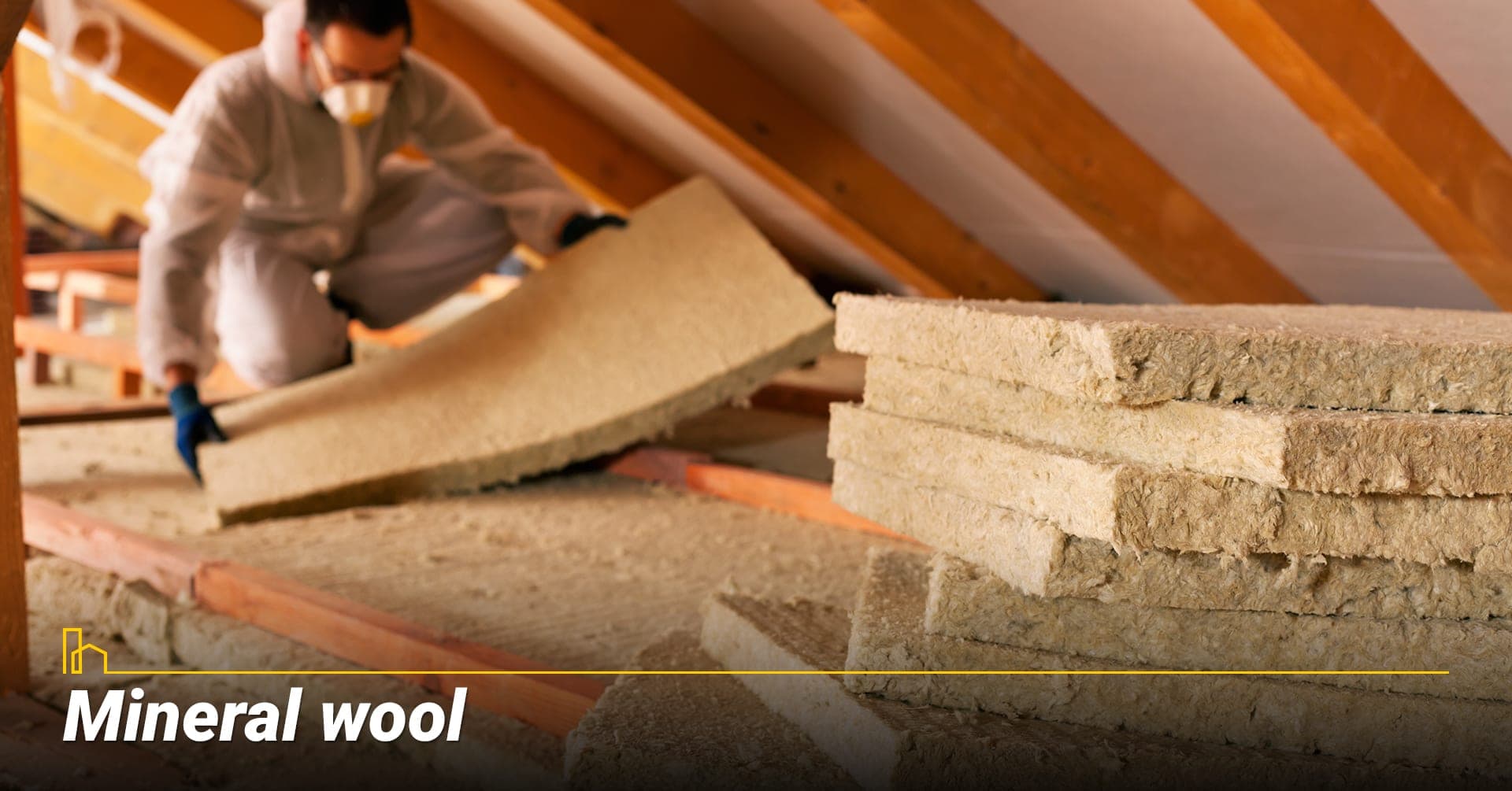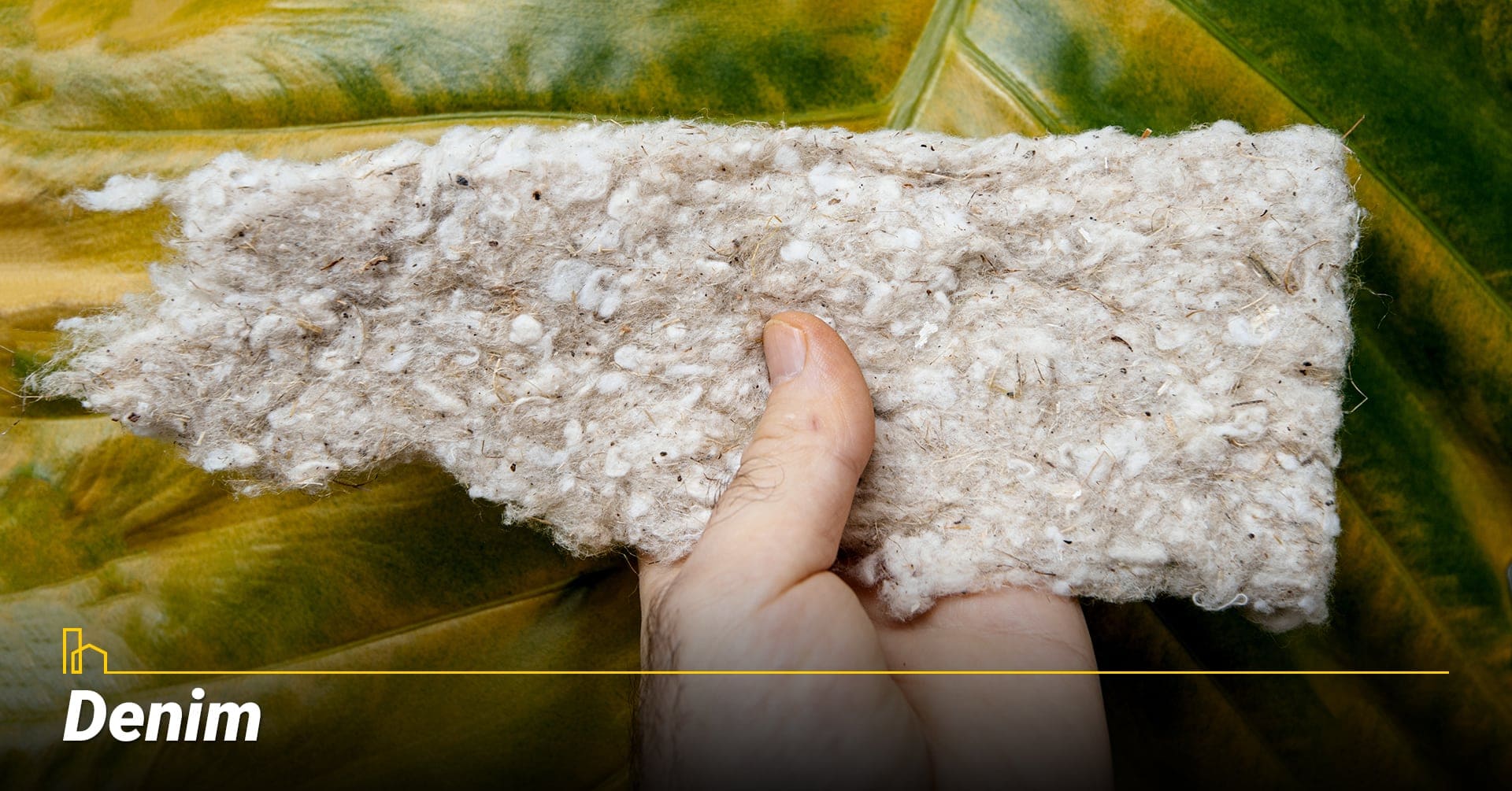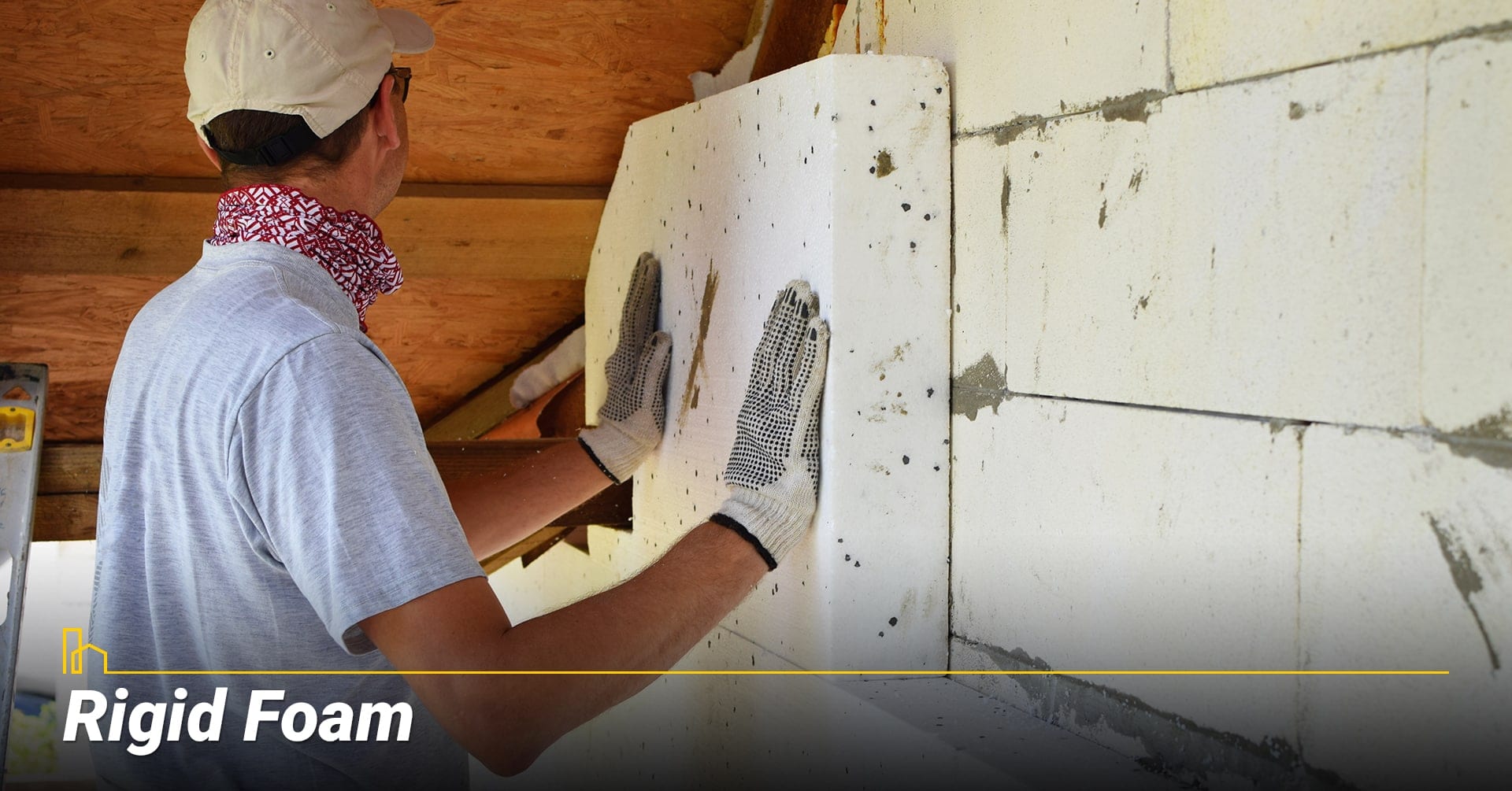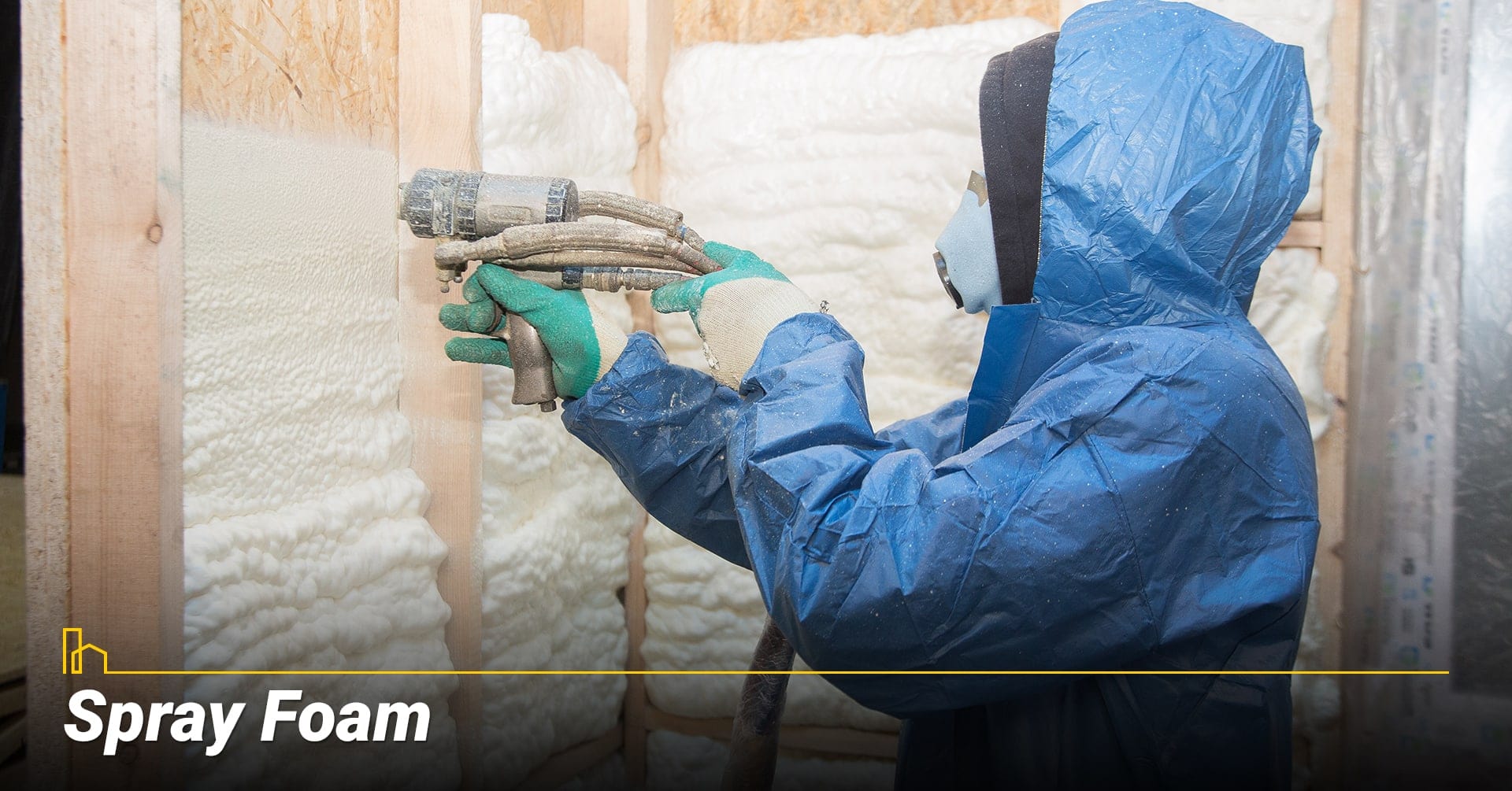How to Install Insulation in Your Home
- Author:by The HOMEiA Team
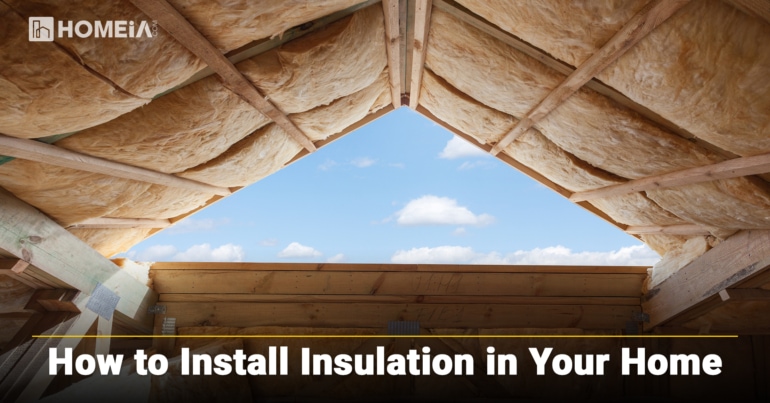
You’re curled up inside your charming historic home on a winter night when suddenly the air turns cold. It’s a ghost!
Actually, it’s just a draft. Heat from inside is leaking to the outside, and the air around you is dropping in temperature. Old houses, and plenty of new ones, tend to be leaky. But there’s something you can do about it: add insulation.
Table of Contents:
1. Ahh, still warm.

Your home’s insulation functions like a thermos: when there’s something warm inside (like soup or heated air), the heat stays inside. And when the inside is cool (like iced coffee or cooled air) the warmth stays outside.
So how can you make your house more like a thermos? Add more material within the walls, roof, and basement that resists the flow of heat into and out of the house.
The 15 Best Places to Live & Retire in Minnesota
The cost of living in Minnesota varies by location and is highest in its large metro areas, but on the whole, it compares well to the coasts and to big cities. Each community in Minnesota has its own personality, and here we will introduce you to 15 of the best options for retiring in the North Star State…
2. “R” you properly insulated?
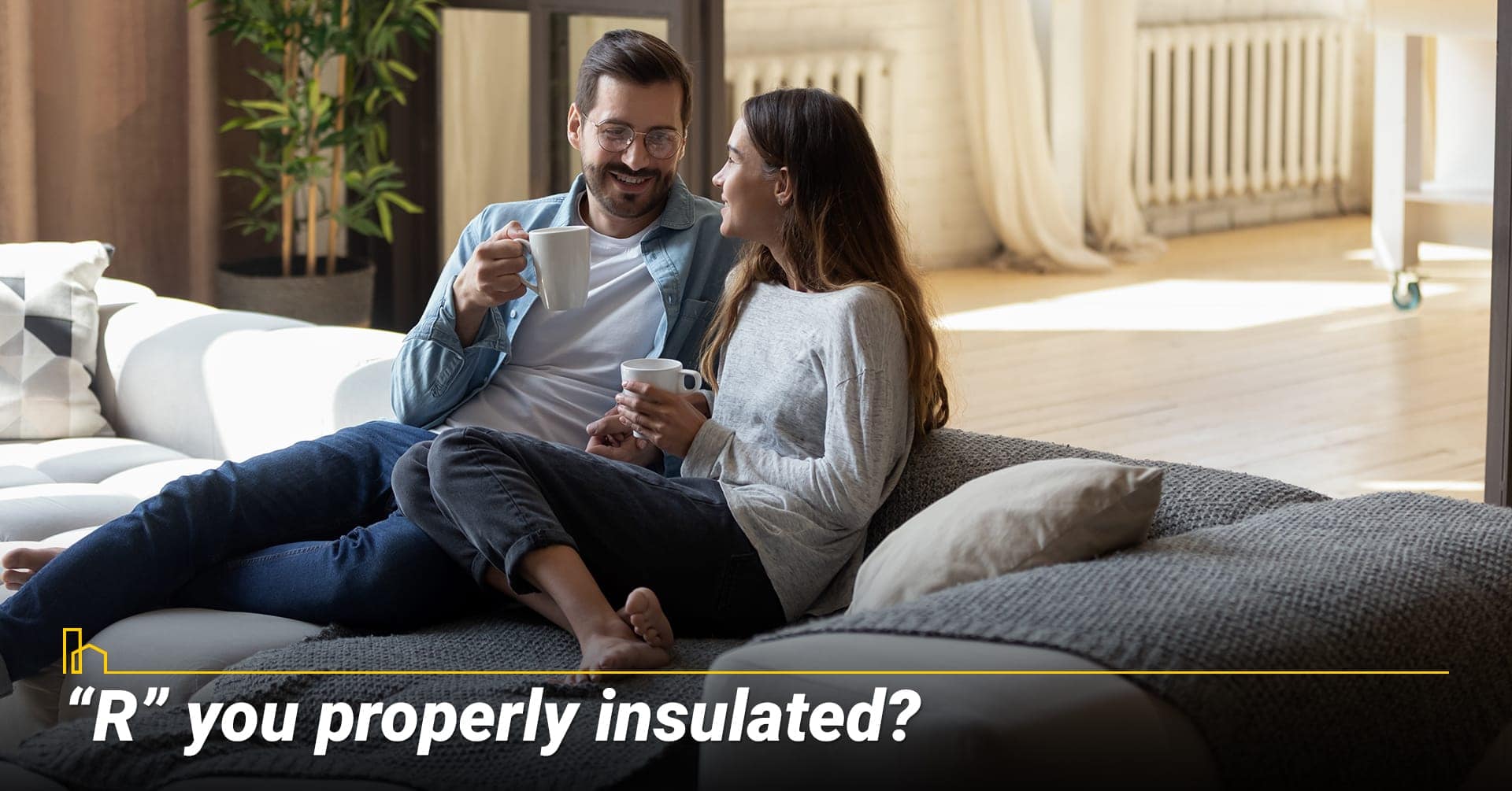
There’s a way to measure how well your insulation resists heat transfer, and it’s called the R-value. R-values can be expressed per inch, so you can increase the total R-value of an area by adding thickness or by using higher-rated materials.
The total R-value your home needs depends on where you live. In a more temperate area, where your house stays within a couple dozen degrees of the temperatures outside, you’ll need less; in places that are prone to large swings, you’ll need more.
In the United States, the Department of Energy assigns geographical areas into climate zones. The Miami area is situated in Zone 1, and Fargo, North Dakota is in Zone 7. The zones each have a recommended R-value for properly insulating a home.
You can get an idea of your home’s current efficiency by scheduling a professional energy audit. You’ll end up with a report that points out weak areas and suggests ways to improve them.
4 Best Places to Live in Minnesota for Families in 2024
Bordering Canada and the Great Lakes is a state fondly dubbed as the “North Star State” and “Land of 10,000 Lakes.” The state has a lot of lakes sprawled across its more than 86,000 square mile area. In a comprehensive study of cities, Minnesota is the number one state for raising a family because of its high median income, affordable cost of living and exceptional education services…
3. Where should you insulate?
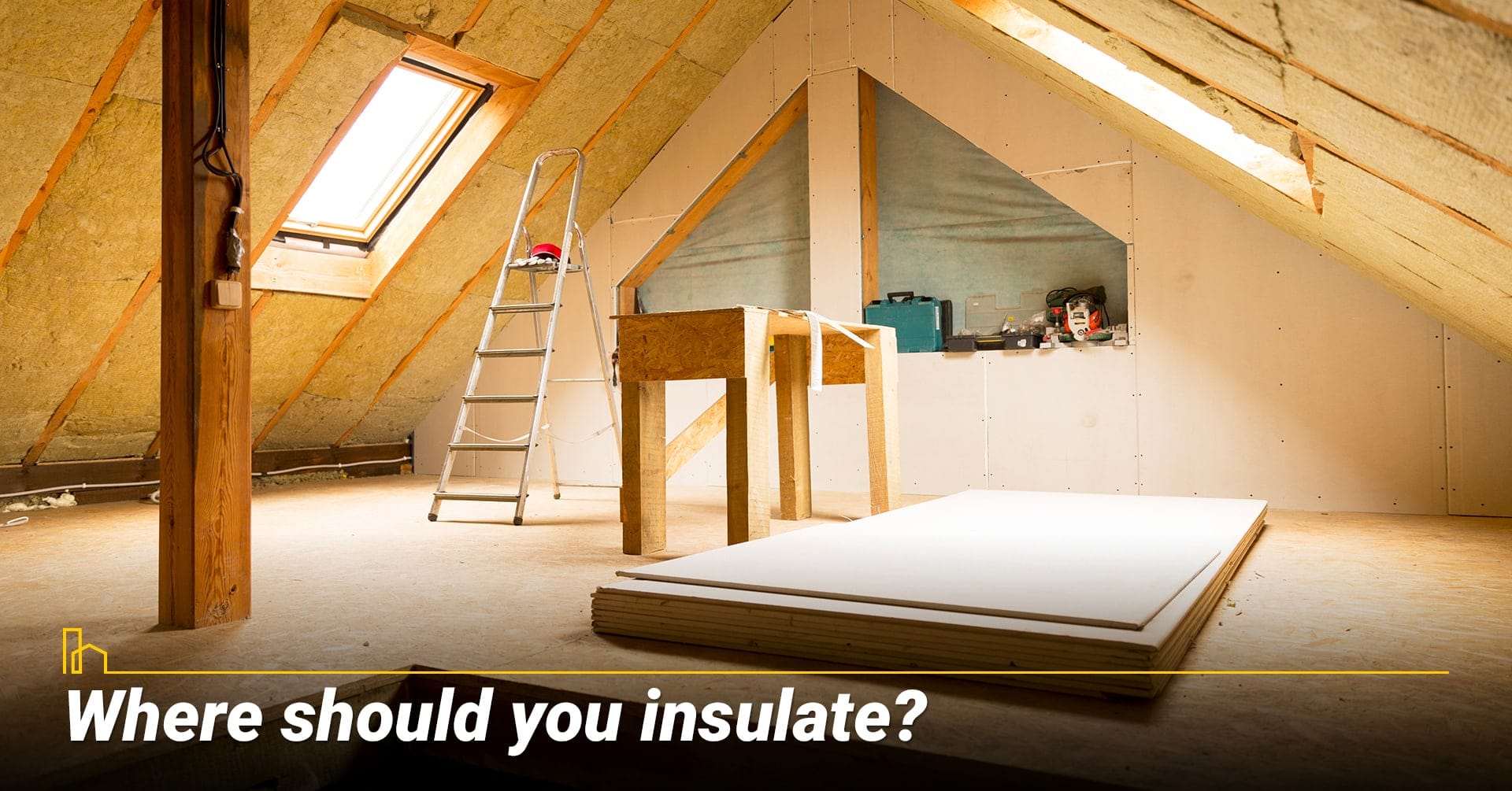
A fully insulated home has good resistance all around the living space, at every point that contacts the exterior. That means you can insulate:
- a) Attics
- b) Cathedral ceilings (without attics above)
- c) Exterior walls (may require a professional)
- d) Floors located above an unheated garage
- e) Basements (typically walls)
Recommended for you
4. Means of Installation

Once you’ve decided to add insulation to your home, your next decisions are what product you’d like to use and whether you want to install it yourself.
Insulation comes in many different materials, which vary in origin, R-value, price, and method of installation. There are also a number of forms:
- a. Rolls: Think paper towels, only much thicker. Rolls are DIY-friendly.
- b. Batts: Blanket-like pieces; typically wider than rolls. Easy to cut and use.
- c. Panels: Ready to use; hold their shape; harder to cut.
- d. Loose fill: Blown into a space with specialized equipment; fills small spaces and gaps that are hard to reach with solid pieces.
- e. Sprayed foam: Expands once it’s sprayed; outstanding performance but requires professional installation.
10 Most Affordable Places to Live in Colorado
Given the outdoors benefits – the cost of living in Colorado is still one of the best values in the country. Here’re the 10 most affordable places to live in Colorado, taking into account the cost of living, median housing price, average crime rate and other factors that make the place unique…
5. Materials

Whether sold by the roll or batt, loose, or sprayed, there are a wide variety of materials available that can thermally insulate your house. We’ll explore the differences, including the price and R-value.
A. Fiberglass

- Available forms: Roll and batt, loose
- Also known as: “That widely available fluffy-looking stuff”
- Fiberglass insulation is made from very fine glass strands that are bound together into a wool-like material. The resulting product is full of air bubbles that reduce heat transmission. Fiberglass is low in cost and comes in forms that are easy for DIYers to use.
- You can find fiberglass at any home improvement store in rolls or in precut blankets called batts. Rolls and batts are sized to fit the width between studs or joists and can simply be unrolled or unfolded, cut to size, and pressed into place.
- Cost per square foot: About $0.12-$0.16 for R-11 batts or rolls (3.5 inches thick) through $0.55-$0.60 for R-38 batts or rolls (12 inches thick)
- R-Value per inch: 2.2 to 2.9 (loose); 2.9 to 3.8 (batts)
- Do it yourself? Yes; can be cut with a utility knife. Protect skin, eyes, and lungs.
What is It Like Living in Seattle, Washington?
Seattle is a beautiful port city on the Puget Sound in the northwestern U.S. state of Washington, 100 miles south of the Canadian border. As the largest city in the state (and the Pacific Northwest for that matter), Seattle is heavily endowed with natural resources. This hilly city earned…
B. Mineral wool

- Available forms: Roll and batt
- Also known as: Rock wool, slag wool
- Mineral wool is a substance made from rock and reclaimed slag from blast furnaces. The raw materials are melted and spun into fibers. It is more expensive than fiberglass, but a better insulator. It is denser and less prone to settling or compressing, but harder to install because it must be cut with a saw and shaped to fit around obstacles.
- Mineral wool rolls and batts hold together and keep their shape well, making them another good choice for do-it-yourselfers.
- Cost per square foot: About 1.3 to 2 times the cost of fiberglass
- R-value per inch: 2.2 to 3.3 (loose); 3.3 to 4.2 (batts)
- Do it yourself? Yes; requires a saw for cutting.
C. Denim

- Available forms: Roll and batt
- Also known as: Cotton insulation
- Denim or cotton insulation is made from reclaimed and recycled cotton waste, including clothing. It is typically coated with solutions to make it more fire- and pest-resistant.
- Cost per square foot: $.93 to $2.17
- R-value per inch: 3.0 to 3.7 (batts)
- Do it yourself? Yes; particularly safe to handle.
7 Key Factors to Know About Living in Edina, MN
Once a farming and milling community, Edina has blossomed into a preferred suburban city with all the most desired amenities. From upscale, boutique shopping and exquisite dining to consignment shops and casual bistros, residents and visitors are enamored with the…
D. Cellulose

- Available forms: Spray, roll, and batt
- Also known as: Loose fill
- Made from recycled paper, cellulose is an eco-friendly insulation choice. Like cotton, cellulose is treated with borate to improve fire and pest resistance. It is compressed into large bales. Cellulose performs similarly to fiberglass, but it can release and absorb moisture more easily without settling and breaking down.
- For irregularly shaped spaces with a lot of structures or constrained areas, loose-fill insulation is a good choice. A machine is used to blow the loose insulation into space, filling all the gaps. Both fiberglass and cellulose insulation come in loose forms.
- Cost per square foot: $.65 (for R-20, 6 inches deep) through $1.45 (for R-42, 12 inches deep) depending on depth and R-value
- R-value per inch: 3.1 to 3.8 (loose)
- Do it yourself? Maybe (Experienced DIYers can rent blowing equipment)
E. Rigid Foam

- Available forms: Panel
- Also known as: Foam board
- Rigid foam comes in three varieties: polyisocyanurate (“polyiso”), extruded polystyrene (“XPS”), and expanded polystyrene (“EPS”). Polyiso foam is the best insulator, and the most expensive. EPS is the cheapest (and least durable).
- Cost per square foot: $.28 (for R-3, ½ inch thick) through $4.50 (R-16, 4 inches thick)
- R-value per inch: 4.0-6.0
- Do it yourself? Yes (must be cut to fit)
Recommended for you
F. Spray Foam

- Frequently used to seal gaps before fiberglass or other insulation is added, spray foam can also be used to insulate the whole house. It seals very well, in part because it can completely fill any space. The downsides are the price and the need for specially trained installers (with specialized safety gear and equipment).
- Foam can be sprayed, foam-in-place, injected, or poured.
- Foams come in closed- and open-cell variations. Open cell is spongier and filled with air; closed is more rigid and contains gas that helps the foam expand. Open cell foam should not be used below ground level where it can absorb water. Closed cell has a better R-value, and has more resistance to moisture and air leaks, but it is also denser and more expensive to install.
- Cost per square foot: $0.44 (for R-22.4; 3 ½ inches thick) through $1.20 (for R-76.8, 12 inches thick).
- R-value per inch: 6.4
- Do it yourself? No; hire a pro.
G. Radiant Barriers.

- Radiant barriers work a little differently from other kinds of insulation; their job is to reflect heat away and back toward its source. This type of barrier is especially effective in areas with hot, sunny summers.
- Cost per square foot: $0.68 to $0.90
- R-value per inch: Works differently; does not absorb heat, so no R-value
- Do it yourself? Yes; helps to have more than one person.
7 Key Factors to Know About Living in Milwaukee, Wisconsin
If you want the variety, history, and entertainment options of a big city, but with shorter commutes and a laid-back Midwestern vibe, Milwaukee, Wisconsin may be the place for you. It has an upscale side, especially in trendy districts like the Historic Third Ward, and its proximity to Chicago…
6. How to Install Insulation

First, assess and measure the space where you plan to install the insulation. Is there any existing insulation? If so, how deep and what type? Will you replace it or supplement it?
Measure the area you plan to cover. Measure length and height or width of any surface—ceiling, wall, or floor—you want to insulate. Write the measurements down.
For each rectangle, multiply the length by the height or width to get the number of square feet. Add the square footage for all the rectangles together to get the total. Now you can divide by the square footage per package or unit, but make sure to allow for overages.
To determine the width you need for between the joists, measure the spacing from the center of one to the center of the next. This will tell you how wide the roll must be.
If there is no insulation in the area already, use faced insulation, which includes a vapor barrier on one side.
Add a second layer, this time lying perpendicular to the first. For this layer, use unfaced insulation. Batts will give you wider coverage for unit in this layer.
As you go, cut out space for anything that needs to be exposed, such as vents and pipes. You can seal the holes with foam later.
TIP: Always use proper protective equipment. For insulation, that means gloves, goggles, long sleeves (to avoid skin irritation), and a mask or respirator. Inhaling particles of insulation can be harmful.
TIP: If your home has or may have asbestos, stop. Hire an asbestos remediation company to remove it safely; never disturb it on your own.
Be safe. When in the attic, walk on the floor joists and not in between. Avoid falling through the floor into the room below! You may want to put a small piece of plywood across the joists to use as a work platform.
Recommended for you
7. Common Mistakes

If you decide to go it alone, make sure you don’t fall for these common errors:
- a) Letting air get in and out. Make sure you’re not giving heat an easy way to bypass all the insulation you’ve installed; make the space airtight. Houses have ventilation systems, for airflow, so it’s ok to use caulk to fill all the little gaps, especially where wires or pipes come through the walls.
- b) Blocking your home’s ventilation. Speaking of the ventilation system, many homes have wall vents or soffits that let air into the attic and out through the roof vents. Make sure you don’t obstruct them; you may want to install vent baffles to help channel the air.
- c) Removing old insulation. First, make sure there’s no asbestos (common in the 1950s-1960s) or vermiculite (used in the 90s but found to be contaminated by asbestos). These materials should not be disturbed except by professionals trained in remediation.
- If you don’t have hazardous materials, determine whether your existing insulation is dry and mold-free, and if it is you can leave it alone. It won’t hurt anything, and it will even help a little.
- d) Filling too tightly. The air trapped in your insulation is part of the system; if you squeeze it too much the air won’t be able to do its job. It’s like squeezing a sponge.
- e) Not doing enough. Some new insulation is better than none, but a thorough job is much better than a mostly done job. A “thermal bridge” can result when heat is allowed to transfer through certain materials; it’s a break in your defenses.
10 Most Affordable States to Buy a House in 2024
If you have the flexibility to move anywhere in the U.S., where could you buy the cheapest home? After examining data from Zillow and World Population Review. Here’re 10 most affordable States in the South and the Midwest to consider when buying a house in 2024…
Conclusion
Improving the insulation in your home can make a world of difference for your comfort and your utility bills—and it doesn’t have to be difficult or expensive. If you can make a few measurements, do a little cutting, and press things into place like puzzle pieces, you can keep your home cozy in the winter and cool in the summer.
All types of insulation available on the market have their pros and cons in terms of ease of insulation, effectiveness against heat transfer, ability to fill small spaces, and cost. Determine your priorities to help you select the right product.
If doing it yourself is too much work, or if you select spray foam or don’t want to rent equipment, don’t hesitate to hire a professional to get the job done right.
You’ll be happy for the investment on those cold winter nights.










